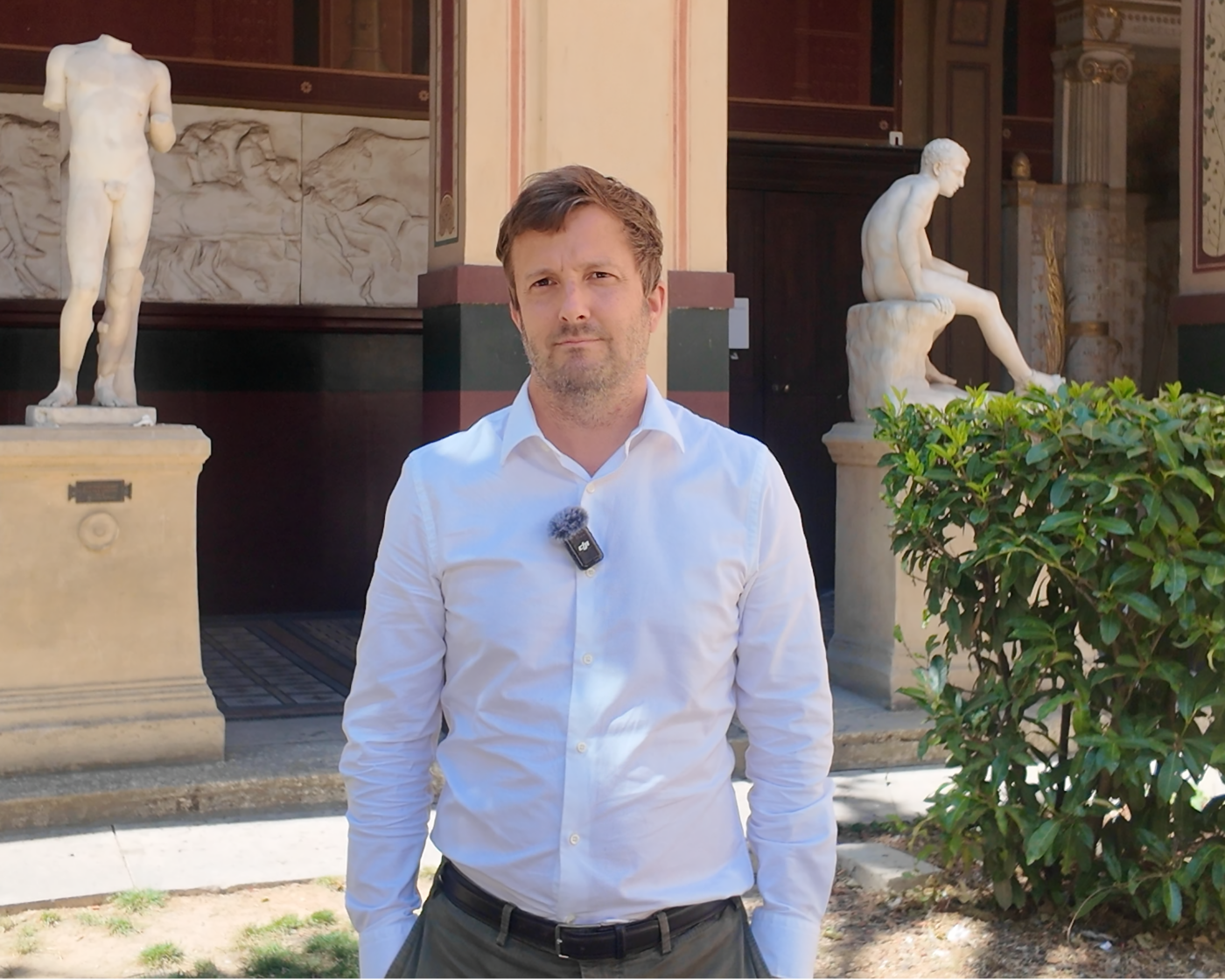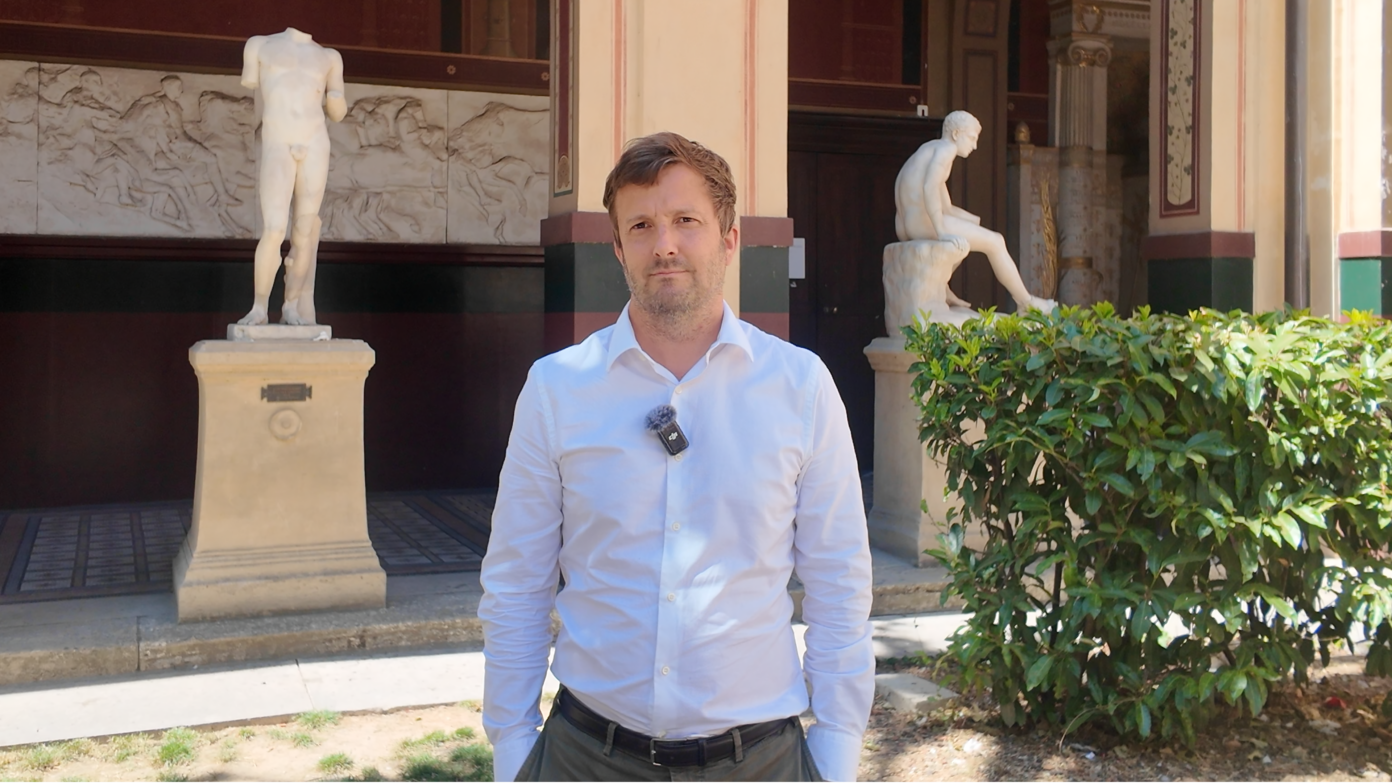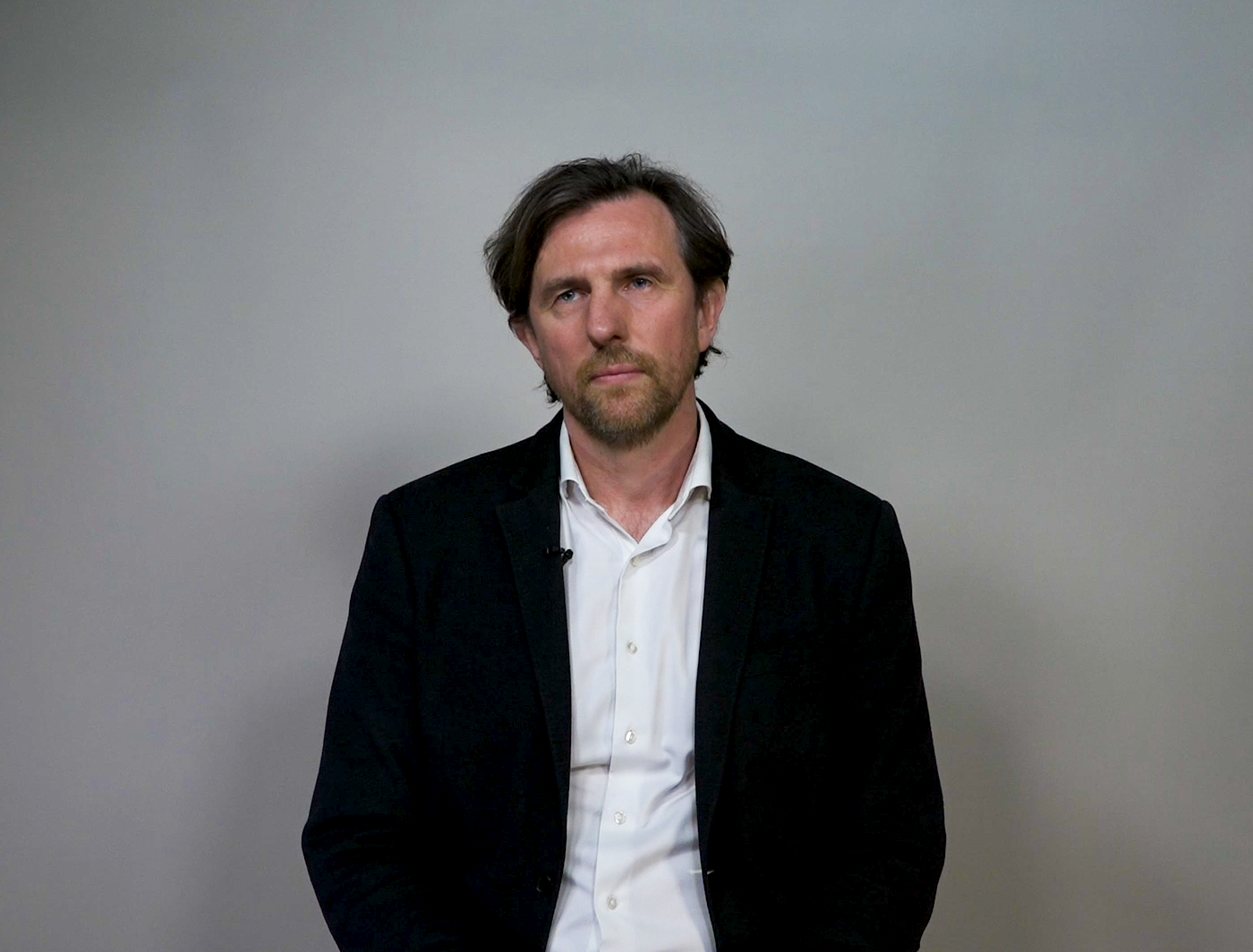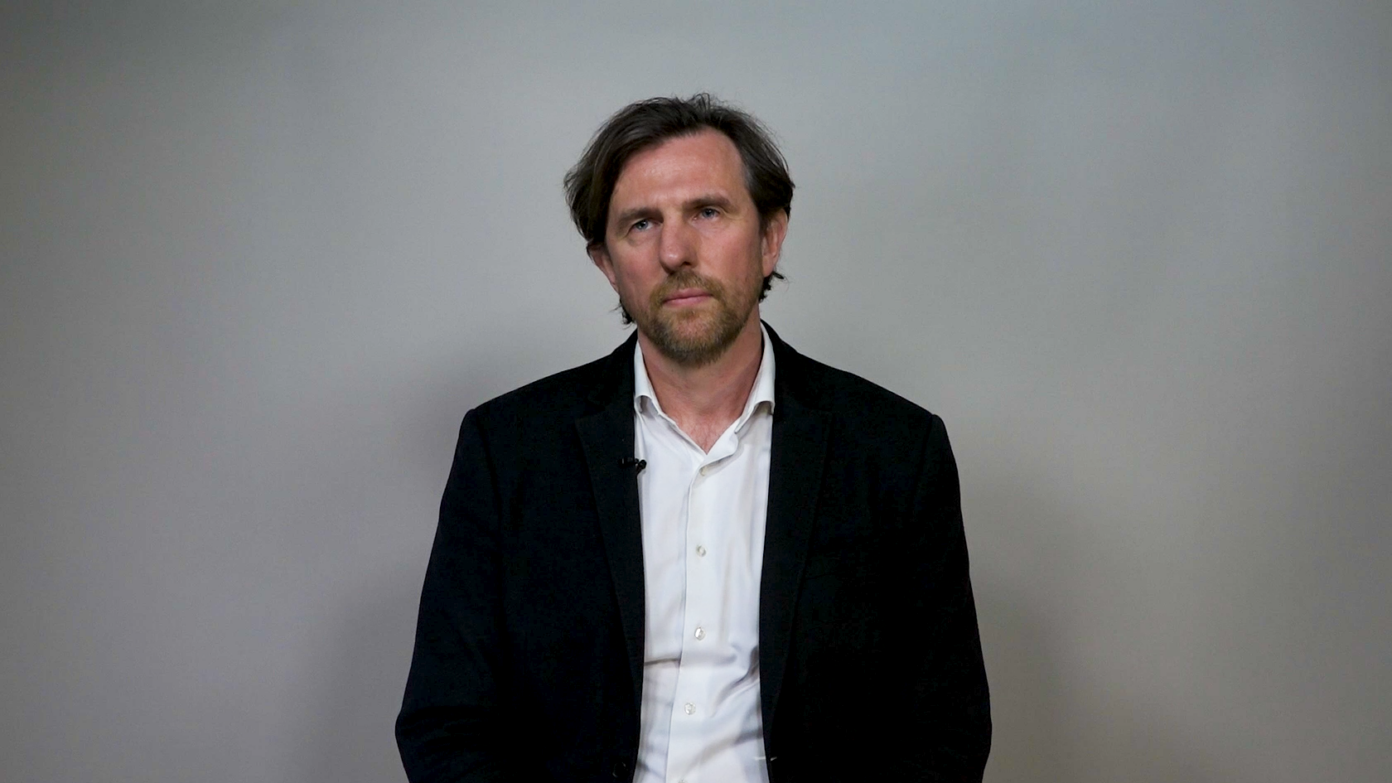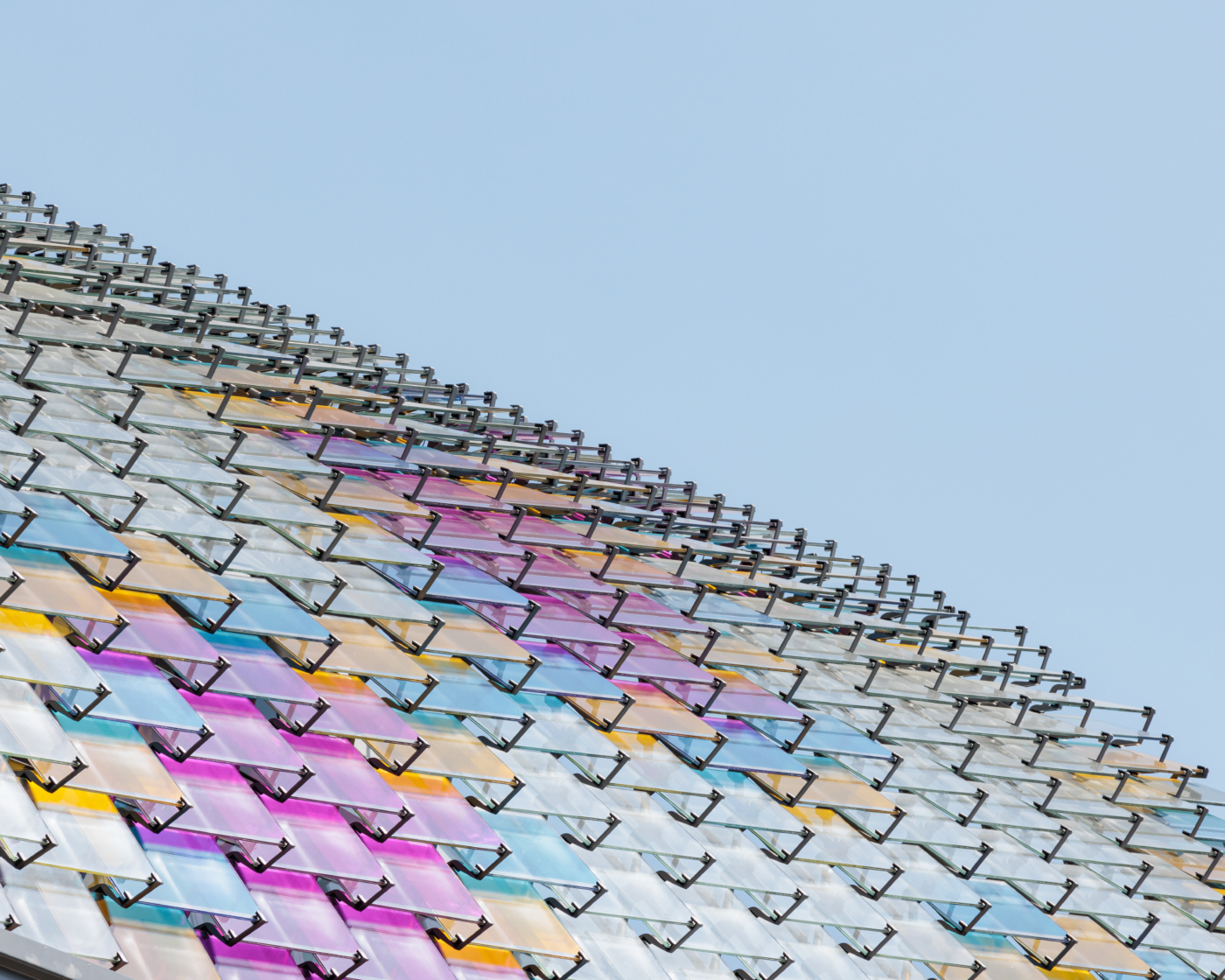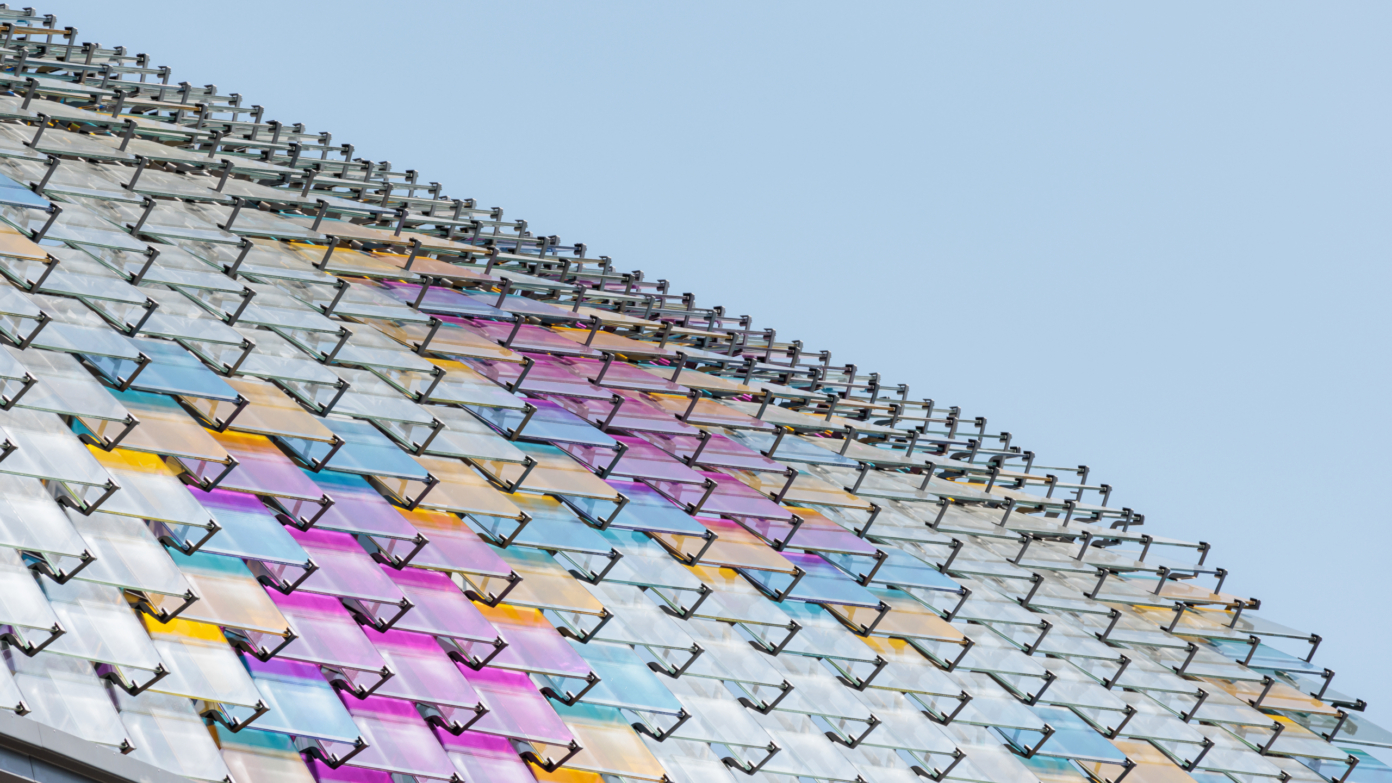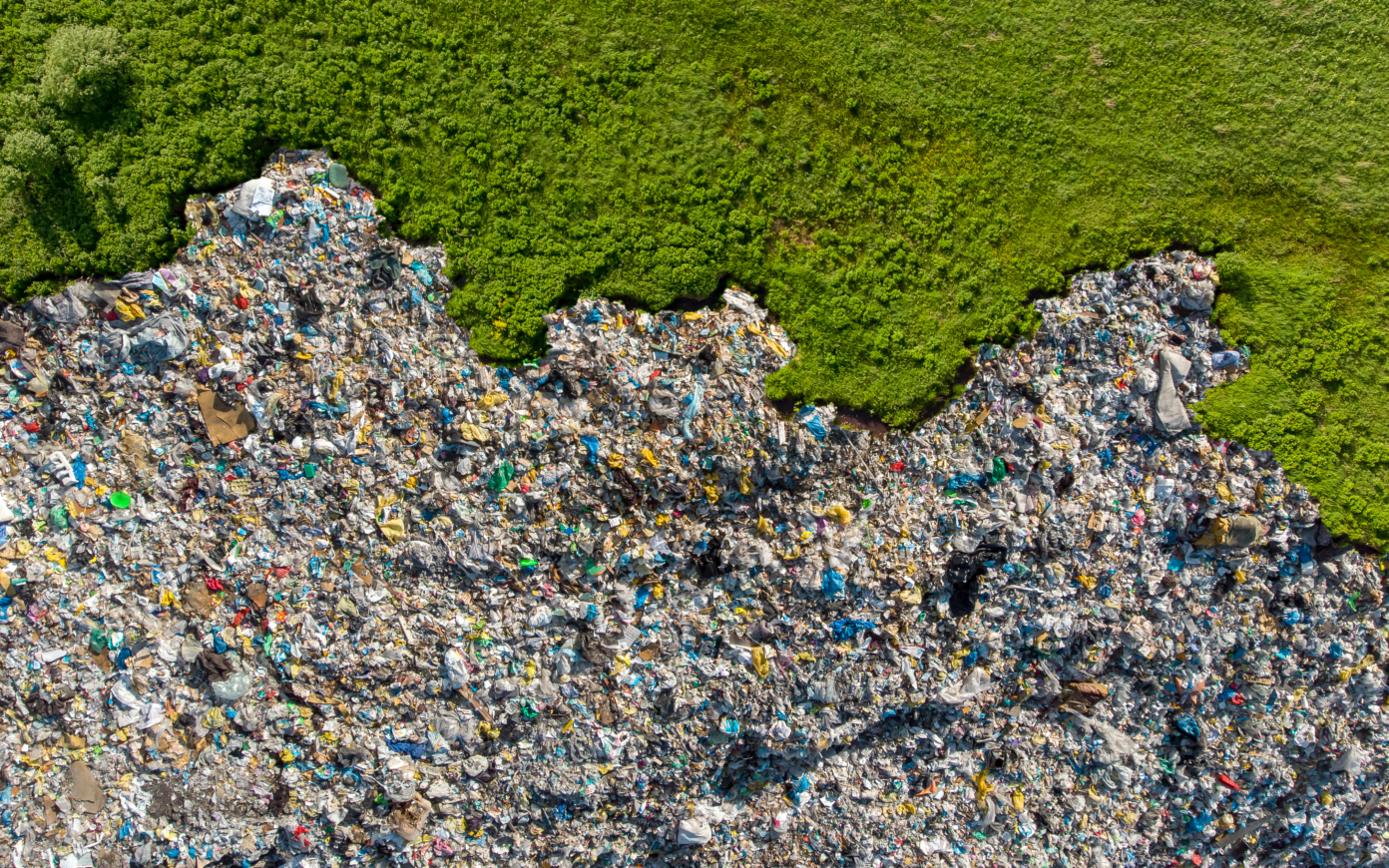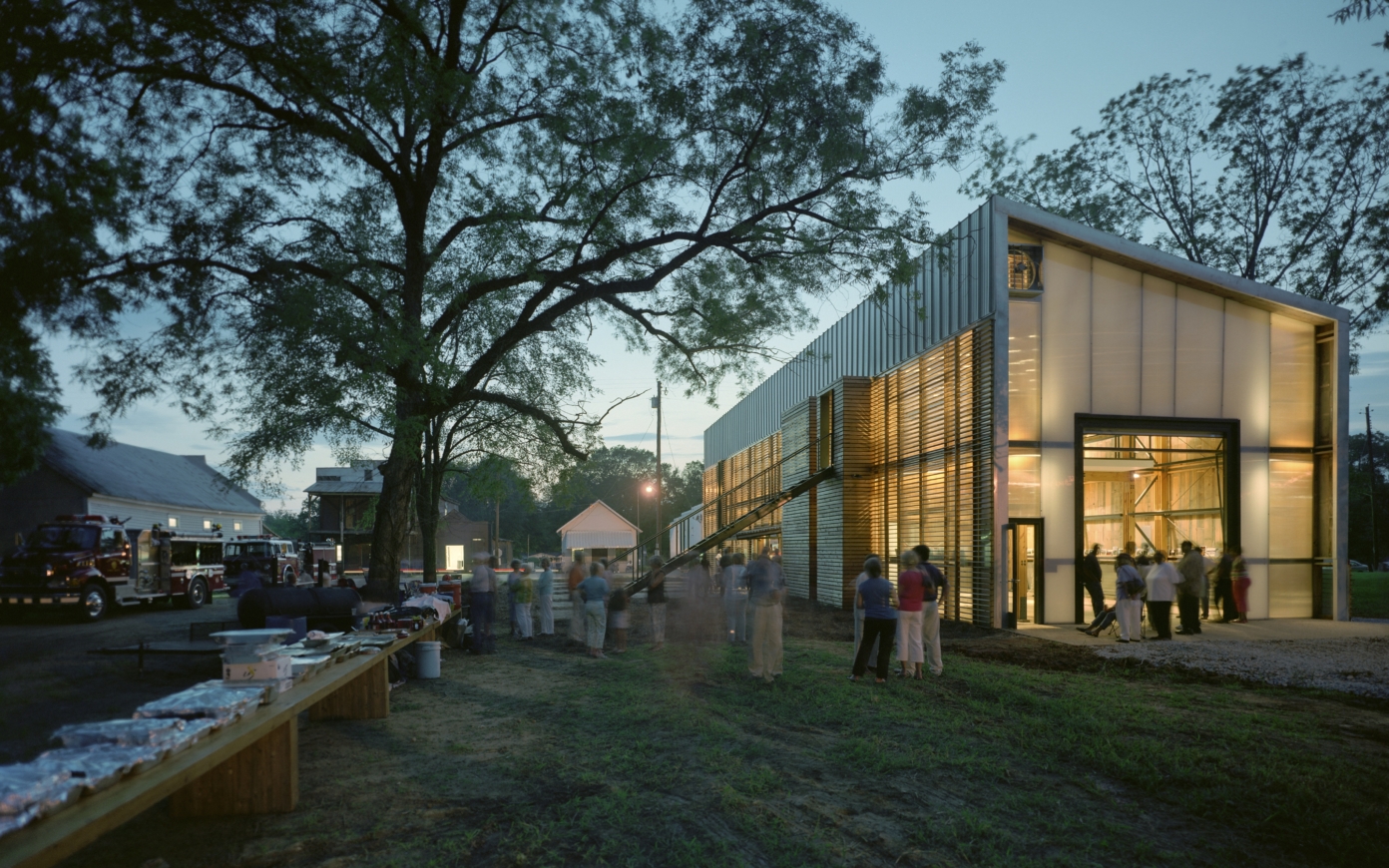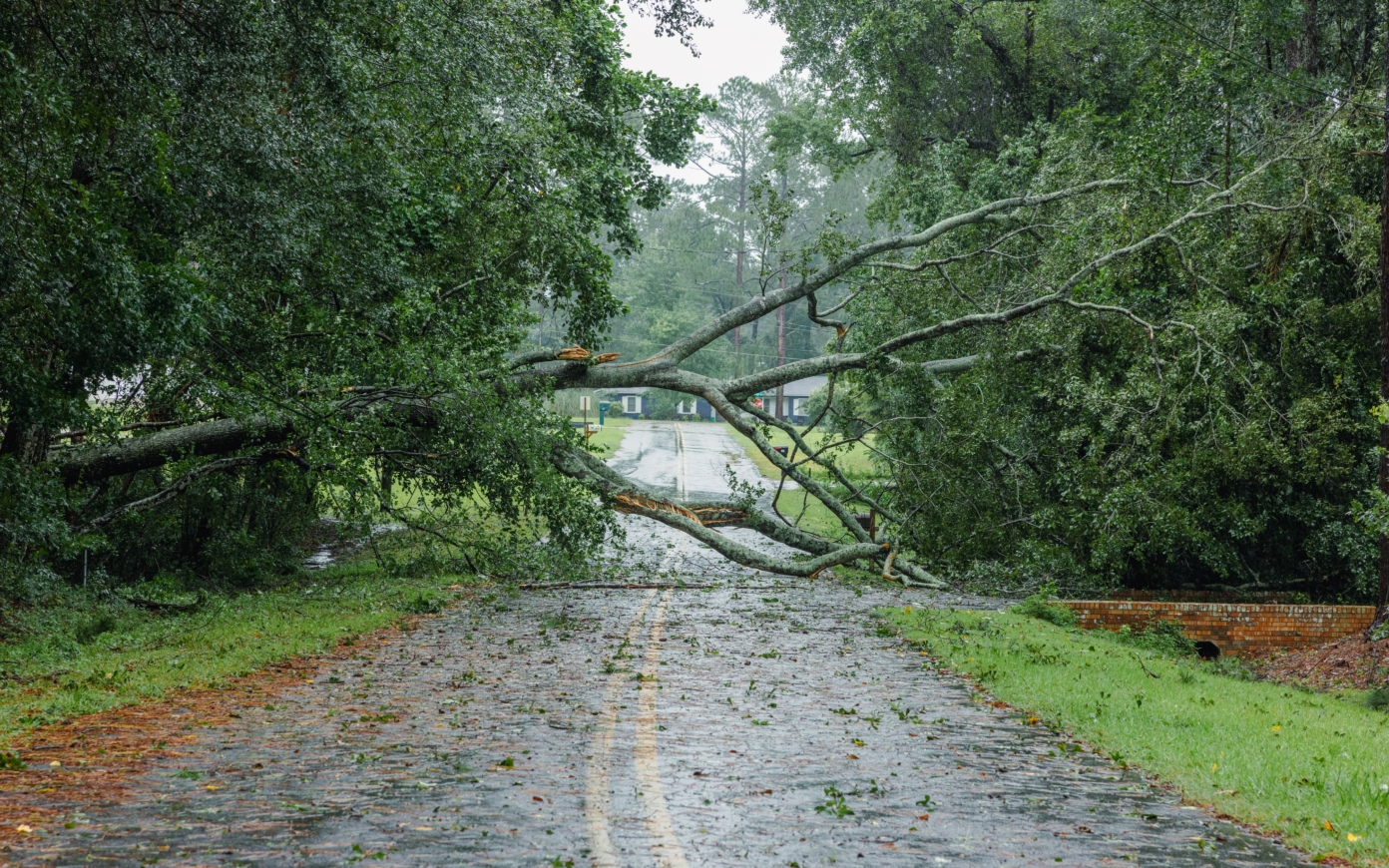Memories of therapy
Among your many urban experiences, both in France and abroad, which ones proved the most memorable?
LP: The extreme situations of cities that are completely messed up, psychically-speaking, such as Marseille, Hénin-Beaumont, Charleroi, Vierzon, and Decazeville particularly stand out. These are endearing cities, with a strong and often dramatic history, but where we always end up uncovering a strong potential for blossoming as well as an urban imagination that is much more present than in healthy cities, which generally seem fairly flat. I have tender feelings, though tinged with dread, for the city of Algiers; we had to plunge into the heart of a Franco-Algerian neurosis that is far from being healed and therefore psychoanalyzed the city with great difficulty. I deeply regret that the feedback conference wasn’t more widely disseminated, which could have contributed to improving things in these highly pathogenic grounds. Much to our regret, we didn’t get to finish the urban psychoanalysis of Beirut in spite of a rather promising start. All these projects take a lot of time to be set up but I hope that one day we will be fortunate enough to get to look into the case of Jerusalem.
CA: I fell in love with Saint-Nazaire and Port-Saint-Louis-du-Rhône.
FQ: Hénin-Beaumont, I won’t say why.
Residents represent the raw material of your work. Do you see the future as being in the co-elaboration and the co-construction of urban projects, between the public and the private sector, informal and institutional contexts, organizations and individuals?
LP: Residents rarely have the necessary distance to express a relevant opinion on their city. They do little more than repeat the clichés of the media and have an annoying tendency to spout complaints and invectives, as if cities were some kind of self-service that has to meet all the demands of its inhabitants. They generally behave as eternal teenagers that consider the city as some sort of servant that has to cater to their every whim. Thank goodness residents are not the raw material of our work; we would have quickly been caught up the populist wave that is now descending on society.
CA: The stance of the artist that claims to be the custodian of creativity and hyper-poetry through his signature is so last century. The artist of the twenty-first century is an active citizen and not simply an observer or a critic.
FQ: The only question we have to ask ourselves when the phone rings is: “Is the sponsor a willing participant?” We are sometimes contacted because we are in the zeitgeist, because with the “couch operations” we have a brand image that is linked to participatory processes. I therefore have some concerns on whether our sponsor will agree to let go of things and take part in the process without asking us to come up with a new postcard.
LP: In participatory projects, we must succeed in overcoming the first obstacle of the bitterness of citizens and the pervasive mediocrity by deploying a great deal of patience and pedagogy, if only to remove citizens from their individualistic bubbles, which are increasingly tightening up. To do so, a lot of pedagogy and a strong presence in the field are needed, in close cooperation with civil society organizations, which are often hostile to our approach. Parachuting us pseudo-experts on a territory that these organizations know much better than we do is often poorly perceived, especially given that we are often caught between operators that crave results that go down well with the population and an overbearing bureaucracy that is incapable of understanding that such work can only be carried out by improvising with residents. In short, in order to carry out these co-construction projects, it is necessary to be both cunning and generous; we have to become activists and to leave behind our self-appointed role as jesters that has long been the focus of our discipline. These participatory projects will necessarily force the ANPU to undergo profound changes in order to better address the demands that will form the second phase of our project.
CA: After nearly one year of work on the Bienvenue à Babelville [Welcome to Babelville] project, which originated in the 2014 participatory budget of the 11th arrondissement of Paris, I instead found that we inspired good spirits. Partners, residents, civil society organizations, public institutions, and others still feasted on the narrative that we wove from their territory and then gladly received the final marking.
I do not buy into the theory that “people are complete idiots,” without living in cloud-cuckoo land however, because I am well aware of the challenges concerning the notion of participatory democracy. Beyond the pleonasm, we are dealing with a utopia that aspires to devolve power regarding the making of the city to its residents, while at the same time retaining institutional “hyper-control.” In all humility, the ALUE is considering gradually shifting the lines a bit. Urban psychoanalysis must now set an example; otherwise it will remain a new artistic object that will have contributed to the deepening of the divide between the cultural scene, which is isolated in its ivory tower, and the real city.
FQ: We sometimes find it difficult to propel people into the abstract and poetry, but when they do, what a boon! What treasures! Pictures that leave us speechless! Key issues are often raised in a few strokes. When we do the debriefing of the couch operations with our locally-engaged budding psychoanalysts, we often get to enjoy some cheerful moments, with unexpected answers. I sometimes perceive anxieties and mistrust, but I do not sense any kind of bitterness or pervasive mediocrity from citizens.
This article was initially published in Stream 04 – The Paradoxes of the living in November 2017.
order the book-magazine





